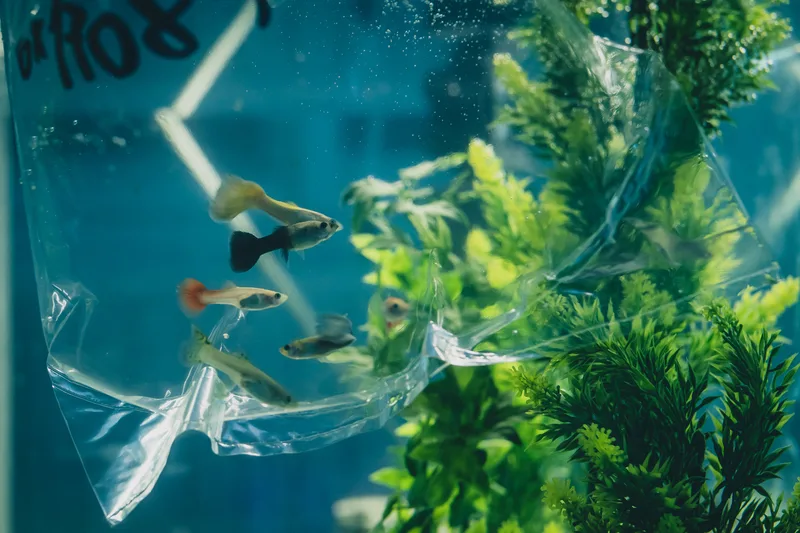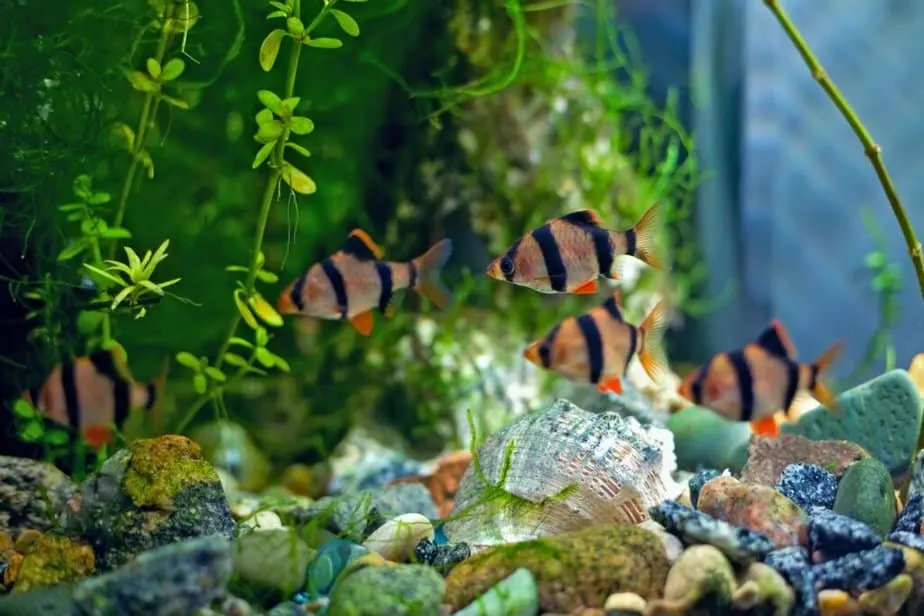Welcome to our Aquarium Inspiration page! Finding the right ideas can make creating your freshwater aquarium fun and exciting. Whether you’re looking for ways to arrange plants, interesting design themes, or the perfect mix of fish, each idea can help make your dream tank come to life. From simple setups to special designs, this page is full of great ideas for your aquarium. Let’s get started!

There’s so much to explore when it comes to creating the perfect aquarium, and we’re here to inspire you. The sections below are packed with ideas to help you get started. Are you wondering about different themes, the best fish combinations, or how to arrange plants in your tank? We have lots of great ideas and advice for you.

Creating a unique and beautiful aquarium can bring a lot of joy and relaxation. Just like a natural water body, your tank needs the right mix of elements to make it a thriving underwater world. This is where finding inspiration for your aquarium becomes really important.
Designing your aquarium is about more than just putting things in a tank. It’s about creating a balanced environment that’s interesting and healthy for your fish. You need to think about things like which fish will get along together, which plants will thrive, and how to arrange everything so it looks and works best.
Choosing the right theme or design is also crucial. It can set the mood of your tank, making it a calming, lively, or even mysterious place. The way you combine fish, plants, and decorations can also help keep the tank healthy, by creating hiding places for fish and breaking up their territories.
With the right ideas and a little imagination, you can make your tank a real showstopper and a great place for your fish. Let’s explore some inspiring ideas to help you create the aquarium you’ve always dreamed of!